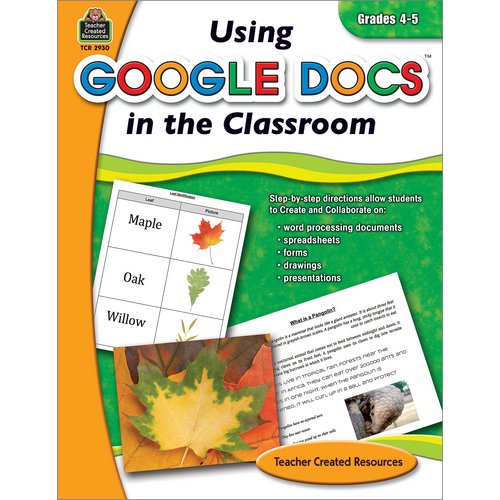

A form could be created by the children as a place to enter data about their reading. They take it home as well as using it at school. The children in our school have a reading diary to record information about times that they read during the week. Again Steve has grabbed this idea by the horns and tried it with his kids – well worth a look, especially at his thoughtful comments and lessons learned. This could be a formalised assessment of their understanding of a text or something more informal to start class discussions. You could also share the answers with the class to review what their peers are doing. We could create a Google Form to collate the children’s comprehension answers in one place for any given text. I spent quite a bit of time exploring reading comprehension resources for a class set of laptops. Danny also added in his comment that using the font Wingdings for smiley faces is an excellent idea, although this font is not available in Google Spreadsheets. Steve Kirkpatrick had this brainwave a while back, so check out his excellent post for more information about setting up the spreadsheet.

Once these are submitted, apply a formula to judge if they are correct or not, and it becomes self-marking. 3 ) Spelling testįor your weekly spelling test, use a simple 1-10 or 1-20 numbered Google Forms Templates (with a name question too, of course) and ask the children to type in their answers as you read out the list of words. You can read a more detailed explanation of how to generate the line graph from the form here.

We used it here in a film narrative literacy unit. Use a Google Form to gather the children’s responses to different parts of any linear narrative, written or visual. Graphing the emotional ups and down within a story helps children visualise the whole story differently. 2 ) Emotion graphĪn emotion graph is a simple line graph comparing a range of happiness to sadness against different points (time) in a story or film. It will help you to build your relationships with children as you quickly learn more about them. Use this form to gather some indication from your new class about their likes and dislikes, their favourite lessons or after school clubs they enjoy.

1 ) Get to know your class with this Google Forms Template I have created example forms for each of the different topics, follow the links in each of the ten sections. I hope you continue to be inspired by the ideas here. Google Forms is an excellent tool for the classroom, and this collection of Google Forms Templates from 2008 has always proven popular.


 0 kommentar(er)
0 kommentar(er)
